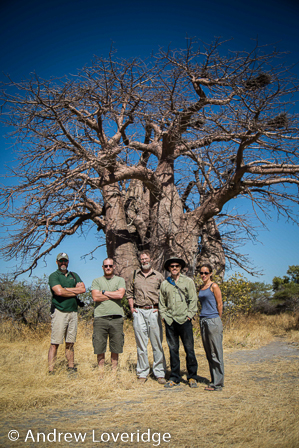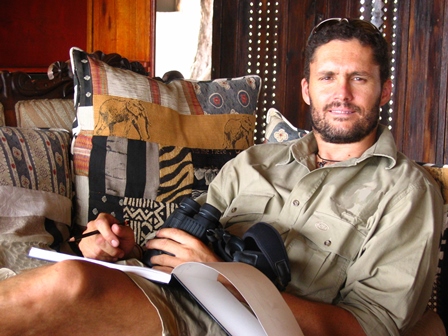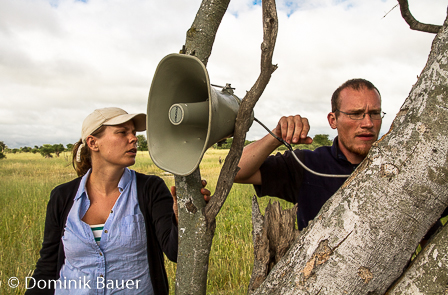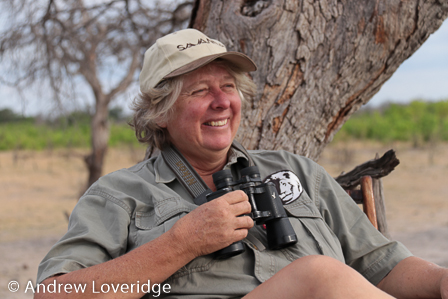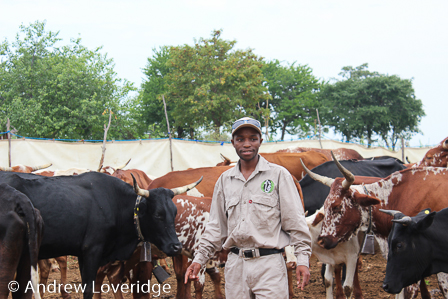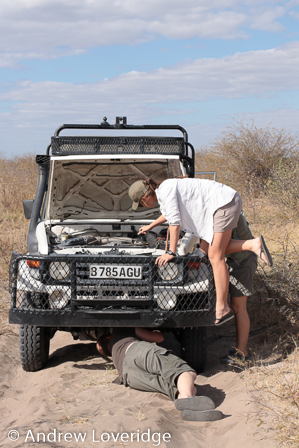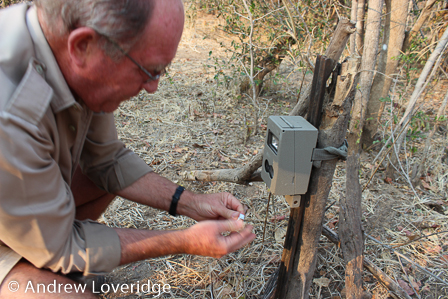Research
The Team
Lions and The Trans Kalahari Predator Programme
History and Milestones
Cecil the Lion & WildCRU’s Cecil Summit
Area of Operation
Lion Ecology
Monitoring Populations
Transboundary and Landscape Conservation
Human-Lion Coexistence
Research Methods
The Team
Sponsors & How to Support Us
References
Andrew Loveridge grew up in Zimbabwe. He is the Director of the Trans-Kalahari Predator Programme and a Research Fellow in the WildCRU. He has published over 80 scientific articles on carnivore ecology and conservation. In 1999, he initiated one of the longest running lion research projects in the world. He co-edited “The Biology and Conservation of Wild Felids”, has written and published a large number of peer-reviewed papers and book chapters on the behavioural ecology and conservation of African jackals and lions, is a member of the IUCN/SSC Canid Specialist Group and African Lion Working Group and recently contributed to the IUCN working paper on the impact of trophy hunting of African lions.
Meet the man who knew Cecil the lion best – National Geographic
Jane is the Programme’s Project Manager in Zimbabwe. She is a qualified Zimbabwean Professional Guide with many years of experience living and working in the Africa bush. Jane has worked on the project for fifteen years, joining as the first full time research in 2003. She undertakes or supervises much of the day to day fieldwork, including darting and collared study lions, undertaking surveys, maintaining data bases and managing the field staff in Zimbabwe.
Jess has conducted fieldwork studies in Kenya and Tanzania, as well as spending a year at the Kalahari Meerkat Project in 2008. In 2014 she completed her PhD studies on the evolution of cognitive ability, using a species of Australian bowerbird as a model species. She returned to Africa in 2014, taking up the position of Project Manager at NGO Elephants for Africa. Her role with TKPP focuses on tackling human-lion conflict in hotspot areas of Botswana, developing and implementing the model successfully applied in and around Hwange National Park in Zimbabwe
Liomba-Junior Mathe is a trained field biologist and involved in the research, management and coordination of mobile bomas and the Long Shields Lion Guardian programme for Hwange Lion Research. In 2016, Liomba had the opportunity to study for the world class Post Graduate course in International Wildlife and Conservation Practice studies with Oxford University’s WildCRU and was awarded a distinction pass. He is also a member of the African Lion Working Group and has represented the Kavango Trans Frontier Conservation Area (KAZA TFCA) as an Ambassador.
Lara has a marine biology background and worked with different wide-ranging pelagic fish species, from different parts of the world. With a strong interest in the environmental integration of species distribution, behavioural ecology and species interactions, she is now working with camera trap data for the Trans-Kalahari Predator Programme. Briefly, Lara is keen on understanding how dynamic landscapes enable species habitat selection and interspecific interactions.
Robynne studied zoology at the University of Pretoria and the University of the Witwatersrand. She has several years of experience in wildlife management in South Africa, and as part of her studies has worked on aardwolf in South Africa, and since 2012, on lions in the Okavango Delta in Botswana. She is a member of the African Lion Working Group as well as the Zoological Society of Southern Africa. She is currently working on her PhD based on her lion research in the Okavango Delta, and acts as the Botswana Survey Coordinator for the Trans-Kalahari Predator Programme.
Justin Seymour-Smith and Andrea Sibanda
Justin and Andrea form the TKPP survey team and have many years of experience in conducting carnivore surveys for the Zimbabwe component of the Programme. More recently they have started conducting field work for our carnivore surveys in Botswana using camera traps and spoor methods.






